New Zealand’s Te Araroa Trail: Tramping vs. Hiking
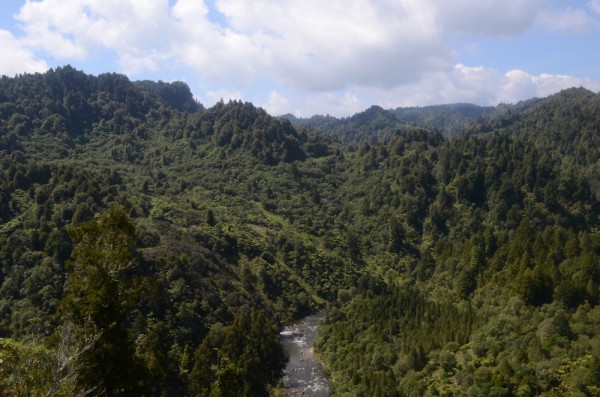
Perhaps it was the face plant into ankle deep mud, my feet ensnared in slippery roots and grasping vines, my pack pressing me deeper into the sludge. Or maybe it was bushwhacking through a tunnel of needle-prick gorse, my arms and face cut by a thousand tiny, green swords. Or, no, it could have been the time an electric fence was stretched directly across the trail—when I realized New Zealand’s famed Te Araroa might not quite be what I was expecting.
Te Araroa is New Zealand’s new long-distance trail, stretching from Cape Reinga at the northern tip of the country to Bluff at the most southern. Three-thousand kilometers in length, the TA is still a work in progress with frequent paved road connections, and new trail openings and closures. It became official in 2011, and may see up to 150 trampers this season. Most take between five and seven months to tackle the length of the two islands.
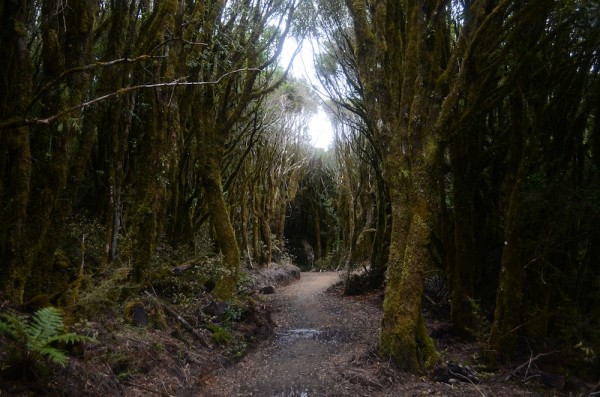
The North Island is characterized by its close proximity to civilization. It’s a cultural experience, while the South Island is a wilderness. Seldom do you get away from it all on the North Island for more than four days. Te Araroa passes through small rural villages as well as the country’s most populous city and capital. It’s a bit like a super-sized game of connect the dots via long beaches, steep forest tracks, pastoral farmland, and paved roads.
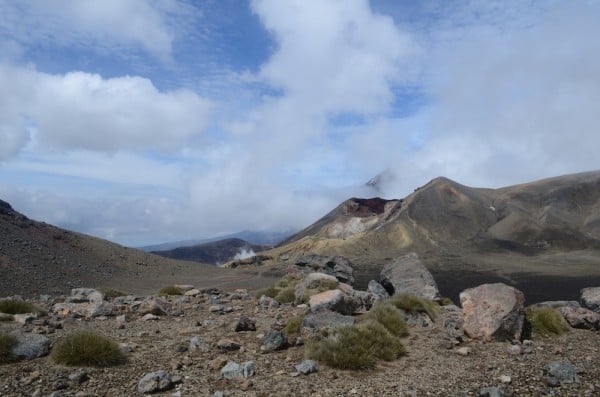
As trampers descend upon the South Island, the trail becomes more remote as it enters rough mountain terrain where the weather can change deadly fast and a small stream can become a raging river in minutes. It’s also the landscape anyone with a pair of boots and a backpack dreams of—the Southern Alps.
I learned of the TA nearly four years ago, shortly before it was set to open. The idea of experiencing New Zealand in such an atypically adventurous way stuck with me. I couldn’t get it out of my head. When the pieces began falling into place this last summer, it seemed as though the only thing missing was a hiking partner.
As Te Araroa drew nigh, I got a phone call from my father. Though he had never been backpacking in his life, he wanted to come. Together, with no thru-hiking experience between the two of us, we began piecing together a plan for the journey—namely, gaining weight. Word on the trail is thru-hikers can lose up to 30 lbs! Eating ice cream and fried wontons, I immaculately planned, down the day, each leg of the hike.
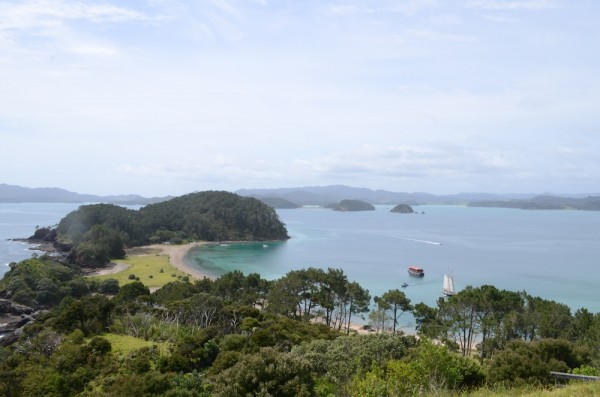
My perfectly prepared spreadsheet went out the window as soon as we entered the Herekino Forest at the tip of the North Island. I’ve spent most of my life hiking and backpacking in Colorado and New Mexico, but nothing could prepare me for this. The trail shot straight up mountainsides through ankle-deep mud, over trees, under trees, and sometimes into trees as well. We climbed up and down, down and up for hours, using branches, roots, and anything we could latch hold of as aid. Pure emotional, mental, and physical shock.
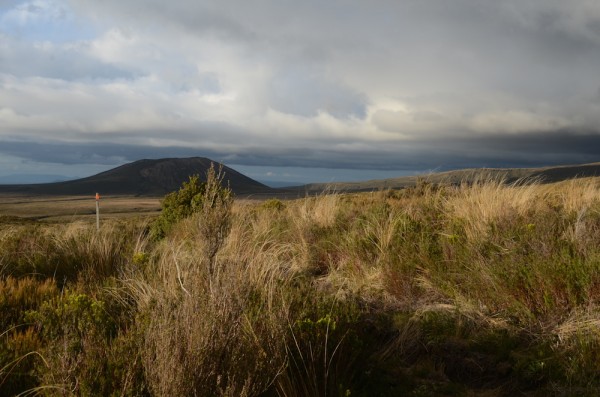
I couldn’t believe this was the trail, but forest after forest proved that kiwis are either A) masochists, B) completely bonkers, or C) must really and truly enjoy something I find so utterly trying. The longer we are on the trail, the more I realize that C must be the correct answer, and that my shock isn’t related to the quality of the trail, but rather to the culture in which it was built.
Culture shock is something I can understand, accept, and begin to overcome. You see kiwis do not hike. They tramp. The two are not one in the same, despite whatever the thesaurus told you. Tramping requires as much emotional and mental fortitude as it does physical.
We are now nearing the South Island, and the highlights of the adventure are as much about the perfect days and amazing views as they are about the knowledge that we’ve walked through the toughest terrain I’ve ever seen. Stay tuned as we dispatch more stories from this great journey that is the Te Araroa trail.
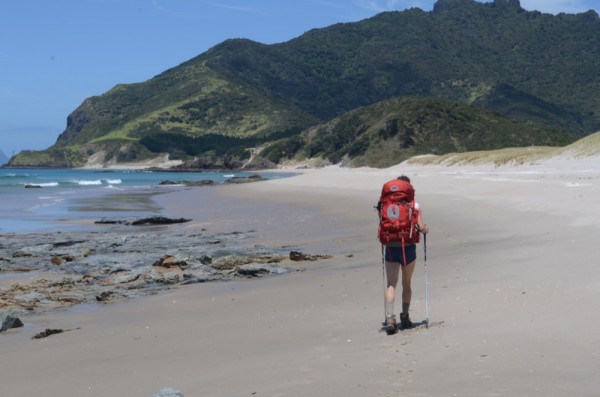
Margaret Hedderman is hiking New Zealand’s 3,000 km Te Araroa Trail with her father. Read more about their adventures and watch videos from the trail at MargaretHedderman.com.
